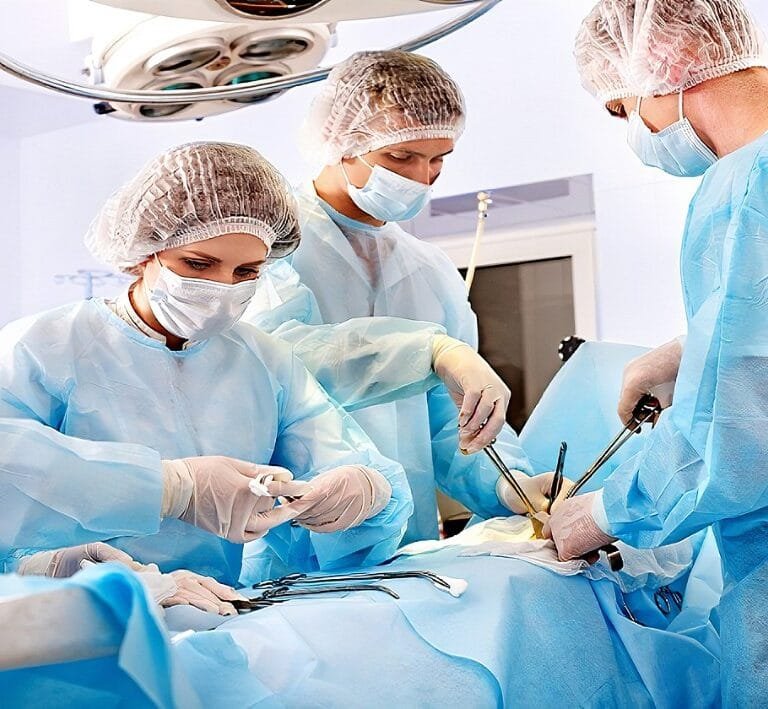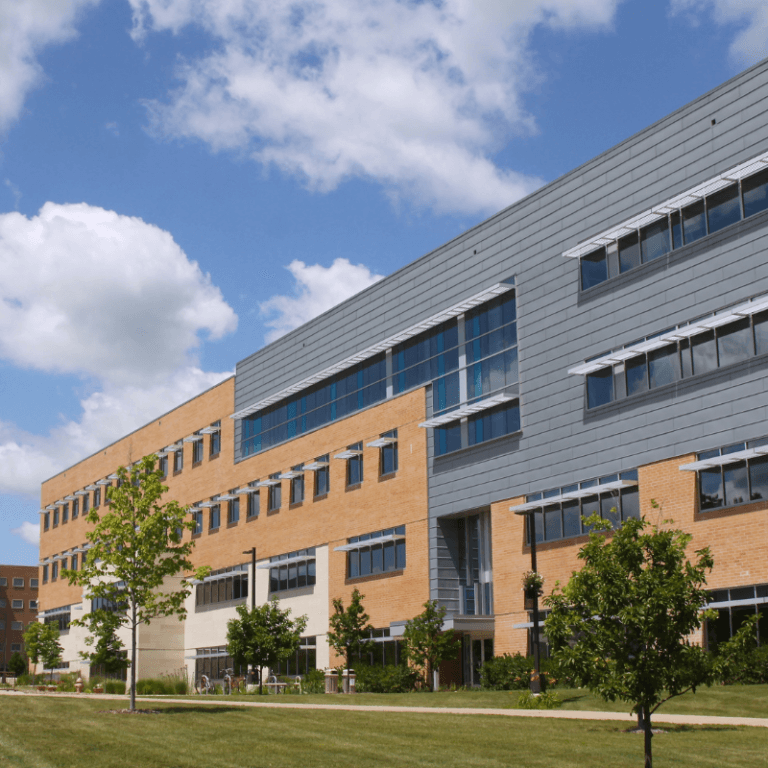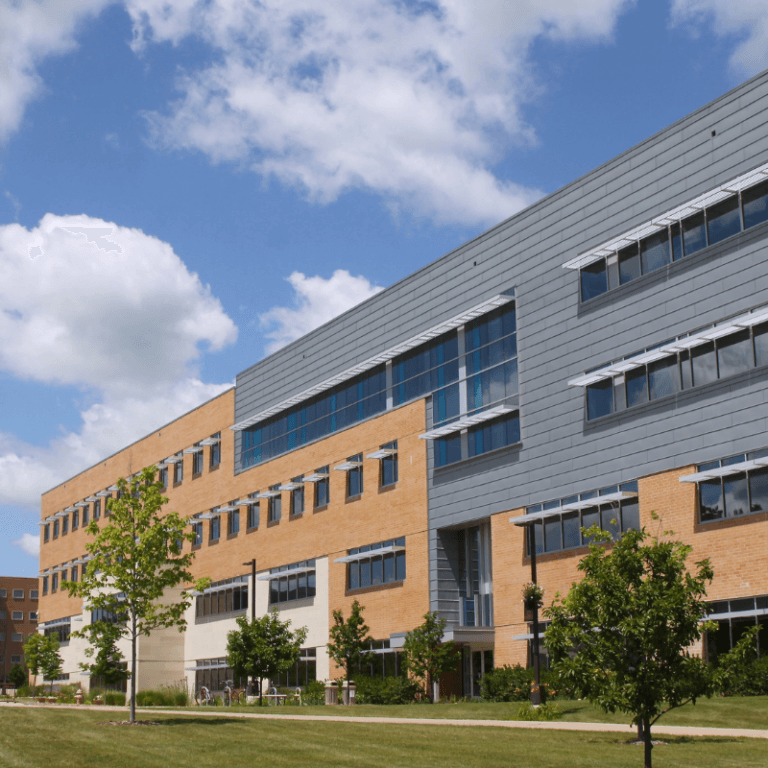An overview of the specialty of radiology
The specialty of radiology is considered one of the most important modern medical specialties that relies on medical imaging techniques to diagnose and treat diseases in the human body. Radiology uses a variety of techniques, including X-rays, as well as ultrasound and MRI.
The specialty of radiology includes studying the various scientific and practical methods used to take the necessary radiological images. Students who choose this specialty must follow the guidelines and instructions of the recognized medical body, which monitors and regulates the practice of the profession and provides licenses.
Specialization requirements for skills
- Calmness and calmness: Calmness and calm are essential for an anesthesiologist, as he or she must have the ability to remain calm in both appropriate and difficult circumstances.
- Work under pressure: The work of an anesthesiologist requires a high tolerance for work pressure, as surgical procedures can be complex and very important.
- Ability to maintain a high level of concentration: The anesthesiologist must have the ability to continuously pay attention and focus during surgical operations to ensure the patient's safety.
- Do not panic and control your reactions: Acting calmly and calmly in emergency situations is very important for an anesthesiologist, especially in cases of death or sudden problems.
- time management: Time management skill is essential for the anesthesiologist to ensure that surgeries proceed effectively and in a timely manner.
- Supervision, monitoring and evaluation skills: The work of an anesthesiologist requires the ability to supervise and monitor the medical team involved in the surgical operation, in addition to the ability to evaluate and follow up the patient's condition.
- Effective communication skills: The anesthesiologist must have excellent communication skills to interact with patients and their families effectively, and explain procedures and risks in an understandable manner.
- Good level of English: Proficiency in the English language is essential for an anesthesiologist because many medical terms are used in English in the field of anesthesia and surgery.
Number of years of study in this specialty
On the way to achieving the wonderful specialty of radiology, the student immerses himself in a fun and exciting journey that lasts a few years, reflecting the beauty and complexity of this medical field. This journey begins with approximately six years of study at the university, interspersed with the honors year, the period in which students choose their specializations, which enhances preparation for the next stage of scientific education.
As for institutes, this journey is limited to approximately two and a half years, in preparation for entering the world of work as a radiology technician, carrying with him the unique skills and knowledge he acquired in this journey full of discovery and challenge.
The most important universities to study radiology
- Harvard University - Harvard University in America.
- University of Oxford in England.
- University of Cambridge - University of Cambridge in Britain.
- Johns Hopkins University in America.
- King Saud University - King Saud University in the Kingdom of Saudi Arabia.
- King Abdulaziz University - King Abdulaziz University in the Kingdom of Saudi Arabia.
- King Abdullah University of Science and Technology - King Abdullah University of Science and Technology in the Kingdom of Saudi Arabia.
- Cairo University - Cairo University in Egypt.
- American University of Beirut in Lebanon.
The most important subjects you study in this major
In addition to the subjects that general medicine students learn, the content of the anesthesiology specialization includes a group of academic subjects that contribute to qualifying students and preparing them to practice this field efficiently. Among these materials:
- Diagnostic radiology - Radiology.
- Nuclear Medicine.
- Radioactive Isotope.
- Radiation Therapy.
- X-Ray - X-Ray.
- Gamma ray.
- Computed Tomography and Magnetic Resonance.
- Human Anatomy.
Advantages of radiology specialization
The specialty of radiology is distinguished from other medical specialties, as it is a vital and important medical field that includes many positives, including:
- Diversity in medical specialties: The radiology specialty offers doctors the opportunity to work in a wide range of medical fields. Graduates can become radiographers, radiologists and radiologists, or researchers in advanced medical imaging techniques.
- Advanced technologiesDiagnosis and treatment in radiology depend on advanced and modern techniques such as X-rays, magnetic resonance imaging, and ultrasound imaging. Learning these techniques helps students develop their skills in using modern medical technology.
- Great diagnostic importance: The specialty of radiology plays a crucial role in diagnosing diseases and injuries. Radiologists use medical imaging to determine the location and type of injuries and diseases in the patient's body, which helps in making the right medical decisions about their treatment.
- A major role in cancer therapyRadiation is used in cancer treatment as an effective way to destroy cancer cells without harming nearby healthy tissue. Therefore, radiologists play an important role in cancer treatment plans and follow-up.
- Vast job opportunities: The specialty of radiology provides various job opportunities in hospitals, health care centers, medical laboratories, and medical companies. Given the importance of medical imaging in diagnosis and treatment, the demand for graduates of this specialty remains high.
- Contributing to the advancement of medicine and medical sciences: The specialty of radiology allows doctors to participate in scientific research and technological innovations, which contributes to advancing the field of medicine and improving patient care
















